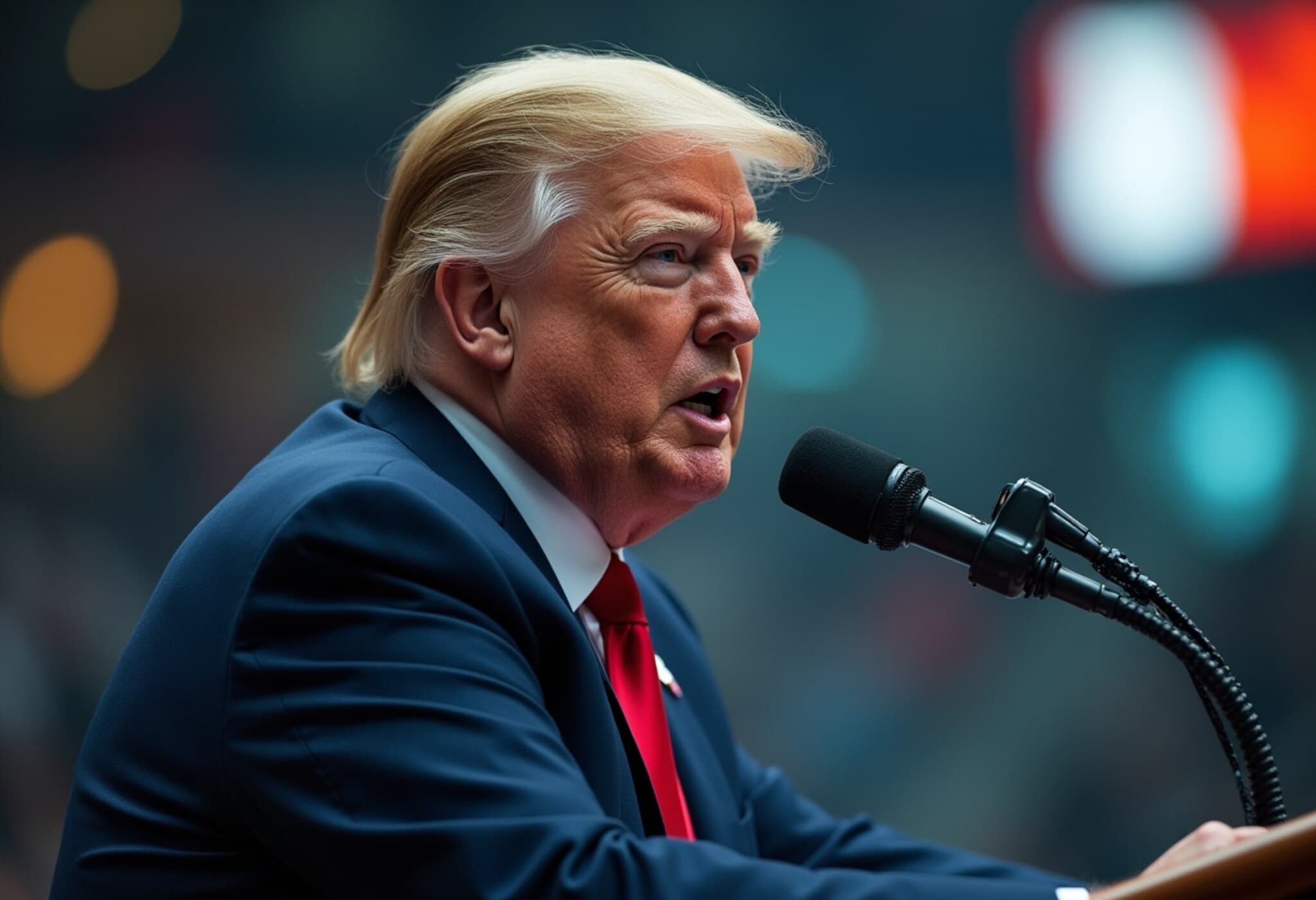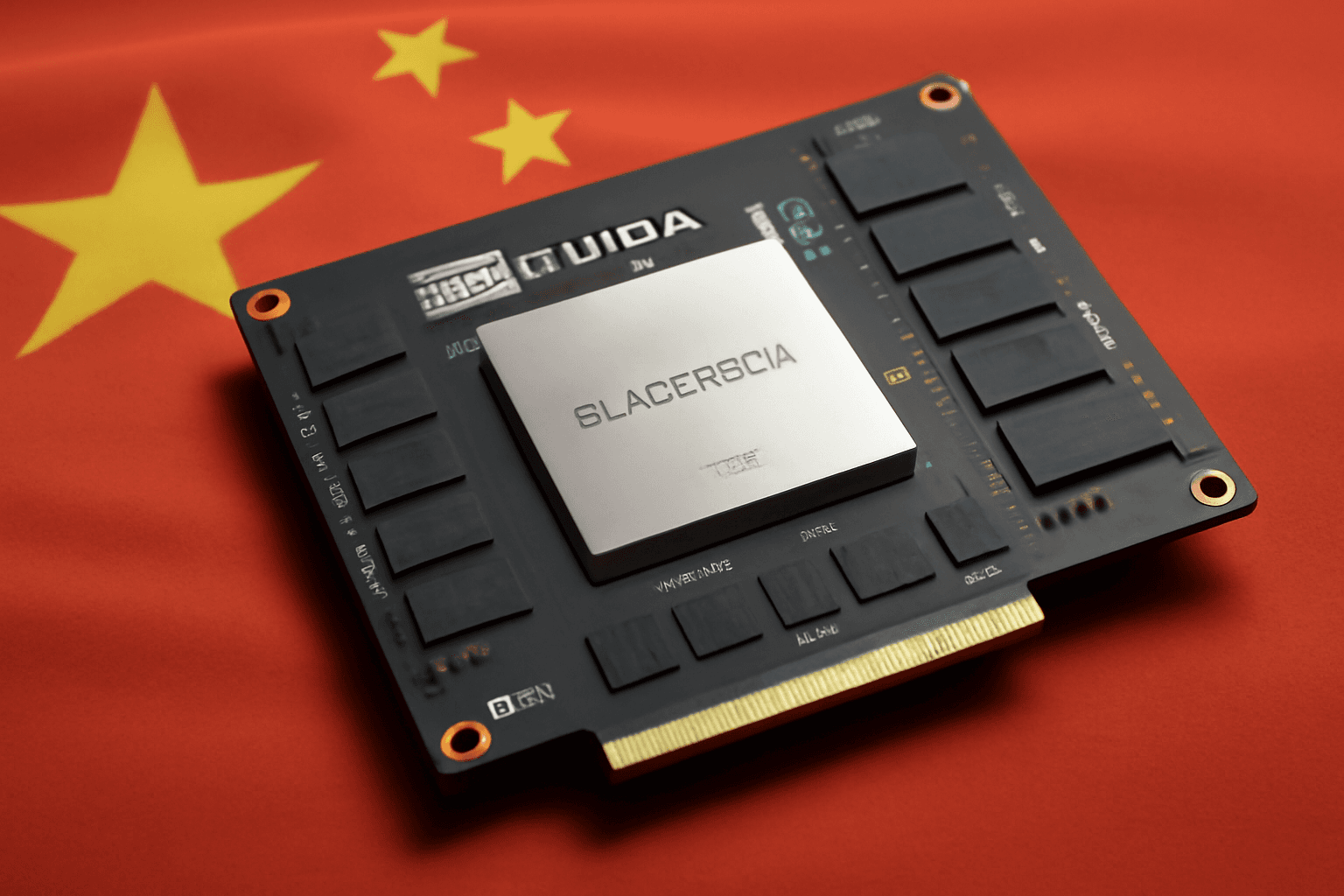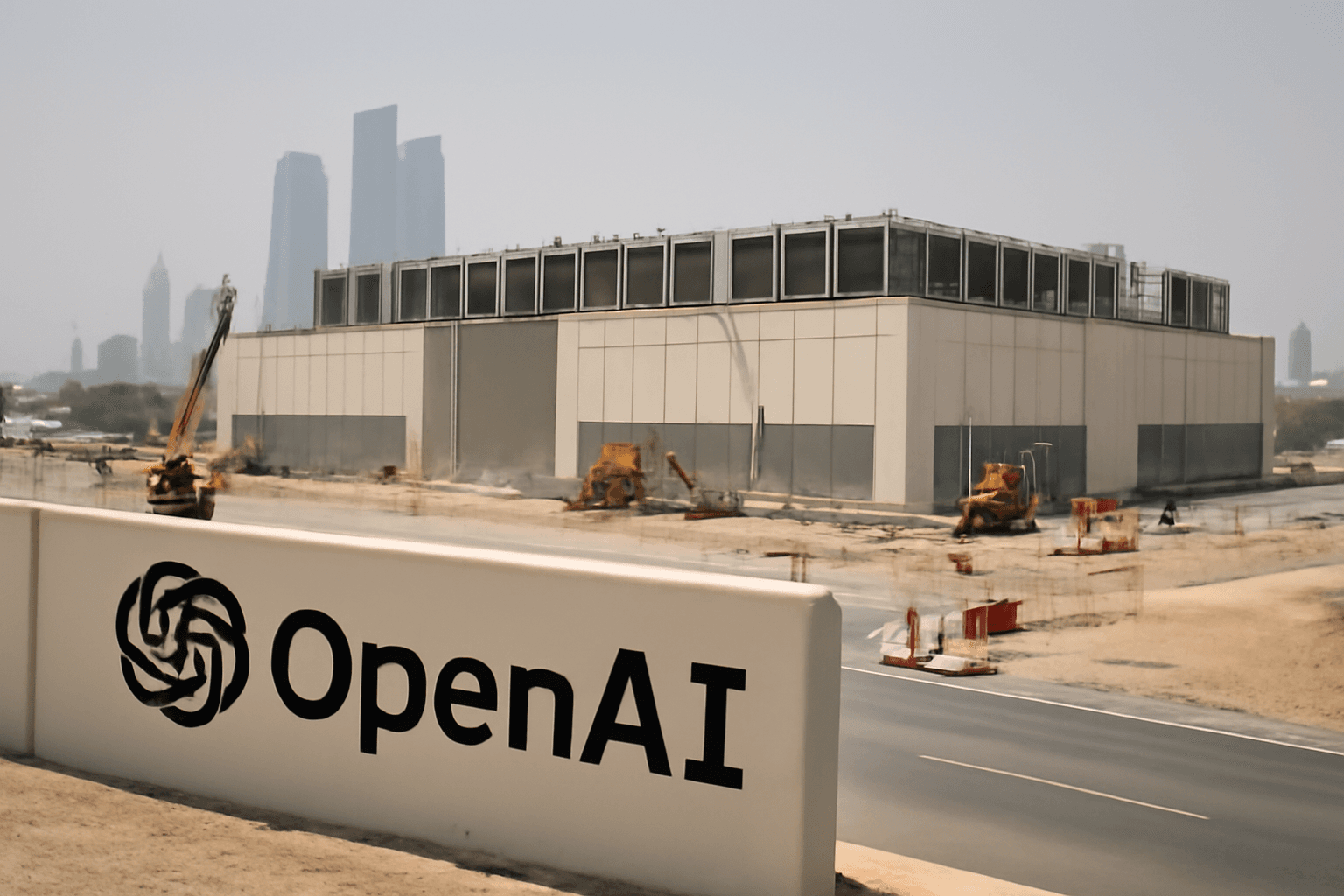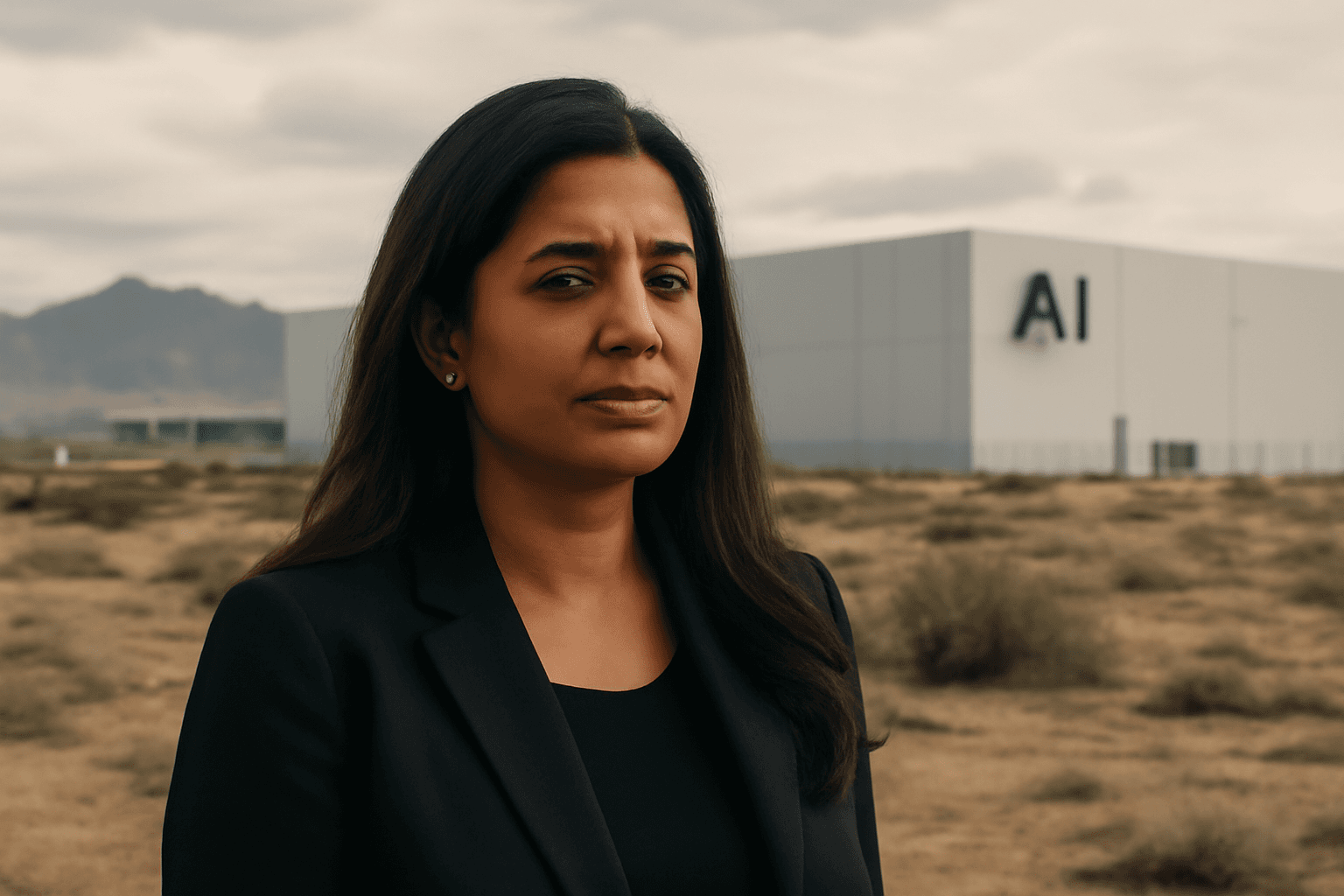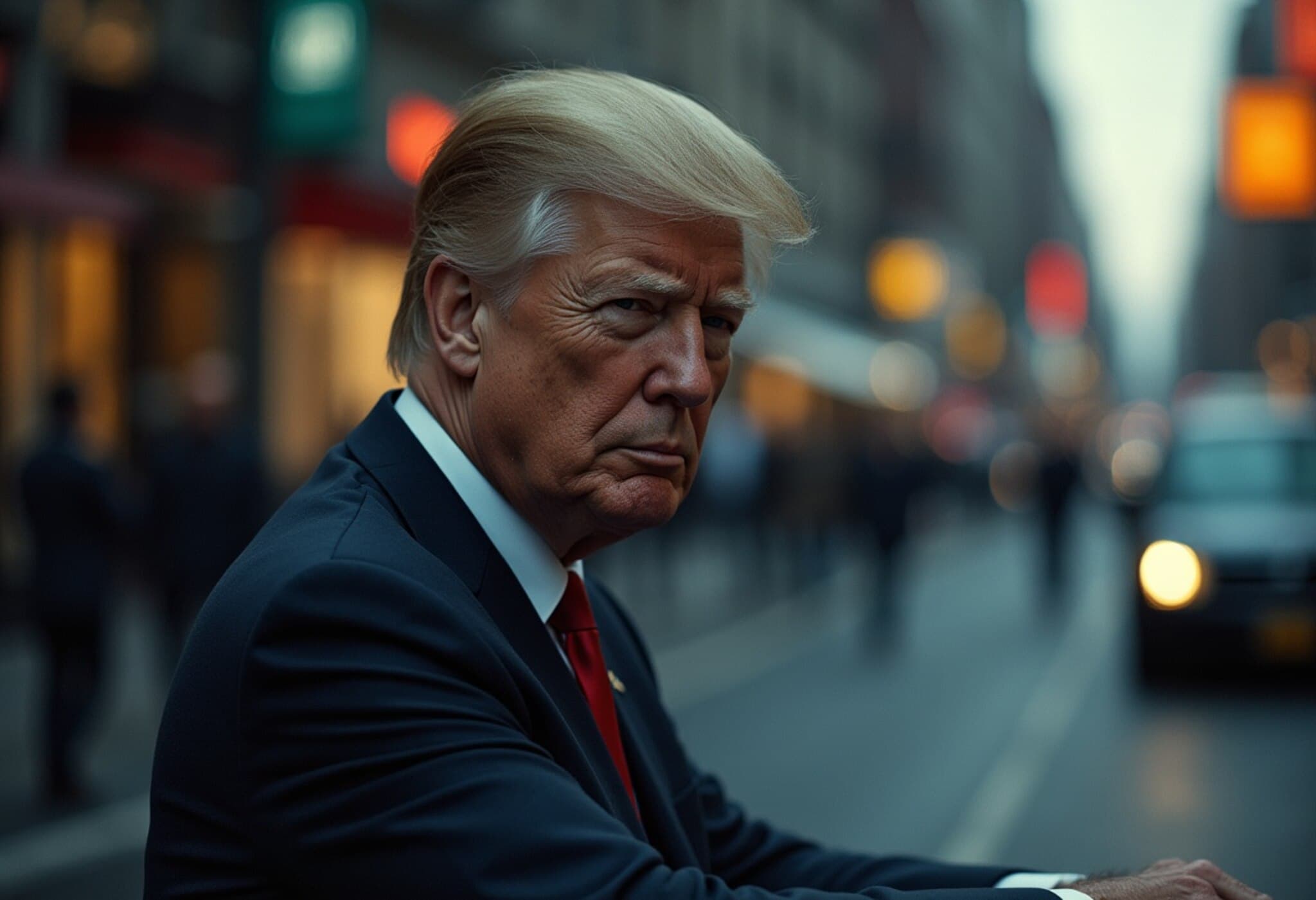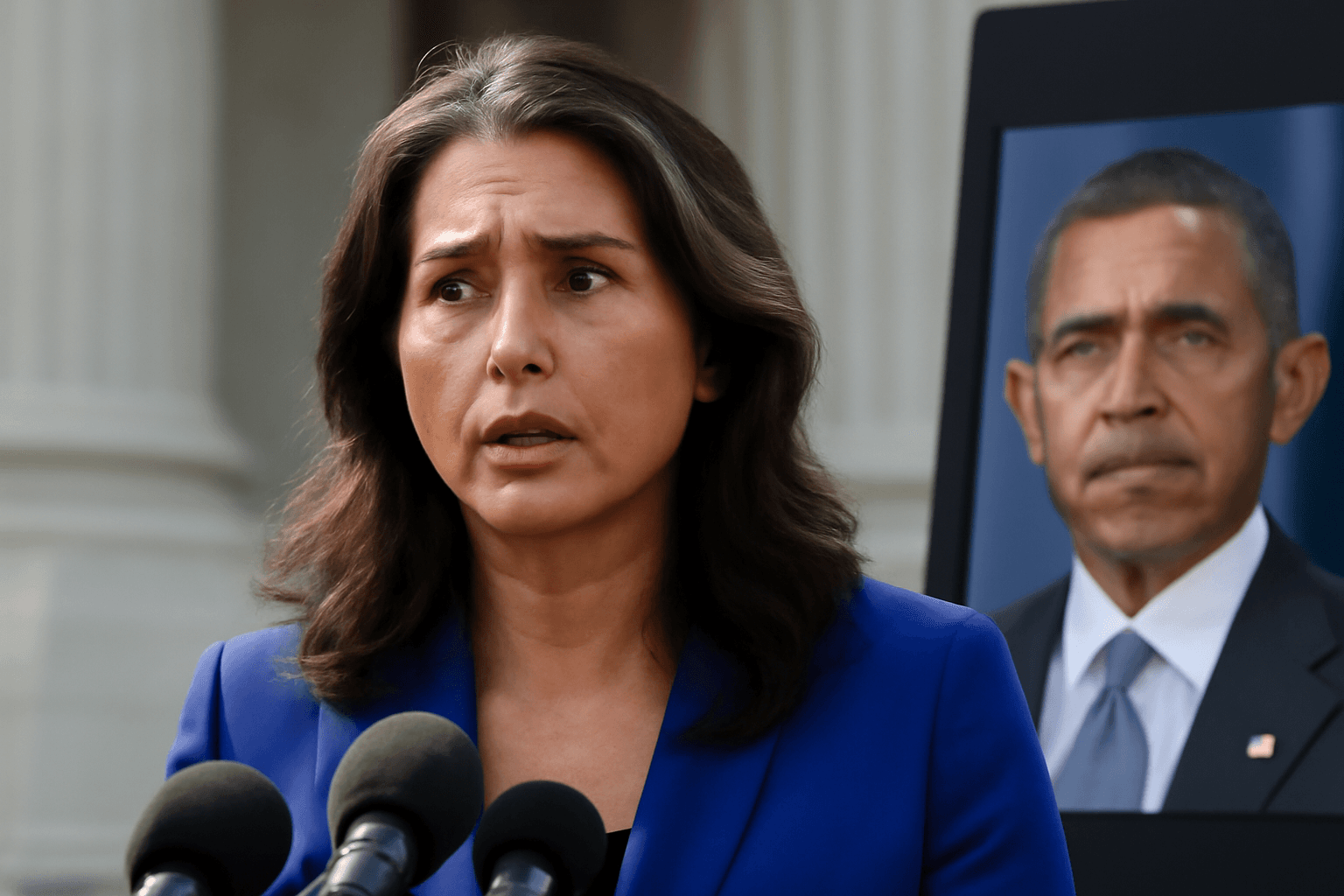Trump Launches Comprehensive AI Action Plan Targeting US Global Dominance
On July 24, 2025, former US President Donald Trump introduced an ambitious and wide-ranging Artificial Intelligence (AI) Action Plan aimed at reaffirming America’s position as the world leader in AI innovation and technology. Speaking at the Andrew W Mellon Auditorium in Washington, D.C., Trump declared, "America is the country that started the AI race. And as President, I’m here today to declare that America is going to win it."
The unveiling took place during an event co-hosted by the bipartisan Hill and Valley Forum alongside the renowned tech-focused All-In podcast, spotlighting Trump's newly appointed AI and cryptocurrency czar, David Sacks, a strategic Silicon Valley investor with a history at PayPal.
Key Pillars of Trump’s 90-Point AI Blueprint
According to detailed reports by AP and Reuters, Trump signed three distinct executive orders to implement the initial phases of a comprehensive 90-point AI plan. These pivotal measures include:
- Accelerating Permitting Processes: The plan fast-tracks permits for critical data centers and necessary power infrastructure by easing long-standing environmental regulations.
- Boosting AI Exports: It expands the export of American AI software and hardware to allied countries, signaling a shift toward greater international technological cooperation.
- Eliminating Ideological Bias in AI: Federal agencies are directed to avoid contracts with companies whose AI systems show "top-down ideological bias."
- Rolling Back Biden-Era AI Policies: Trump rescinded previous executive orders designed to regulate AI safety, misinformation, and controls limiting AI compute accessibility globally.
In his speech, Trump emphasized that companies would have the freedom to build their own power plants to meet soaring AI energy demands, leveraging coal, natural gas, and nuclear energy. He also vowed to expand electric capacity to match, if not exceed, China’s power output, underscoring an intense competition for technological supremacy.
The Controversy Over ‘Woke AI’ and Regulatory Reforms
David Sacks, speaking on the All-In podcast, framed the administration’s agenda as a push to embed “American values” within AI systems and to push back against what critics describe as culturally and politically biased platforms. Sacks remarked, "Technology is going to happen. Trying to stop it is like ordering the tides to stop. If we don’t do it, somebody else will."
However, this aspect of the plan has sparked significant backlash. Over 100 public interest groups swiftly condemned the strategy. JB Branch of Public Citizen labeled it a "sellout," criticizing the rollback of safeguards designed to prevent harmful AI outcomes.
National Security and AI Export Policy Shifts
The Trump administration's AI blueprint signals a marked pivot from the previous Biden-era restrictions, especially on AI chipset exports to certain countries. The Departments of Commerce and State will collaborate with private enterprises to export comprehensive AI packages—including hardware, software, and American AI standards—to allied nations, notably reopening access for countries like the United Arab Emirates.
Vice President JD Vance defended the approach, stating, "If we’re regulating ourselves to death and allowing the Chinese to catch up to us, that’s not something we should blame the Chinese for, but rather our own leaders for."
Despite opening international AI commerce, the administration retains strict national security safeguards. A notable proposal within the plan calls for location verification technology embedded in advanced AI chips to prevent diversion to adversaries, particularly China.
Environmental Regulation Relaxed to Fuel AI Infrastructure Expansion
To support the rapid development of AI data centers, the administration aims to exempt such projects from standard environmental review procedures under laws like the National Environmental Policy Act (NEPA) and to expedite permitting under the Clean Water Act. Trump emphasized the necessity for a uniform federal standard, stating, "We need one common sense federal standard that supersedes all states… so you don’t end up in litigation with 43 states at one time."
Expert Perspective: Balancing Innovation, Security, and Ethics
Trump’s AI plan underscores a growing tension at the crossroads of technological innovation, environmental stewardship, and ethical governance. While the push to fast-track infrastructure and remove regulatory hurdles can supercharge US AI competitiveness, experts warn this could come at the cost of environmental degradation and social accountability.
Moreover, the rollback of Biden-era AI guardrails raises important questions about misinformation, bias mitigation, and the global implications of US-led AI deployment.
From a policy analyst’s view, the aggressive export strategy reflects a strategic move to counter China's AI ambitions by strengthening alliances through technology sharing. However, it also sets the stage for an international AI arms race, where data sovereignty, ethical standards, and geopolitical rivalries could intensify.
Conclusion
Donald Trump’s AI Action Plan is a bold, controversial attempt to reclaim America’s lead in the global AI race. By focusing on deregulation, expanded exports, and ideological control over AI systems, the plan marks a decisive shift—one that blends technological optimism with nationalistic determination. As this initiative unfolds, its impact on innovation, security, environmental policy, and AI ethics will continue to be closely scrutinized.
Editor’s Note
This AI strategy raises critical questions for policymakers and citizens alike: How can the US balance rapid AI development with robust ethical standards? What risks accompany loosening environmental and safety regulations in the tech sector? And how might intensified AI export policies shape international alliances and rivalry? The answers will chart the future not only of American AI leadership but of global technological governance.

